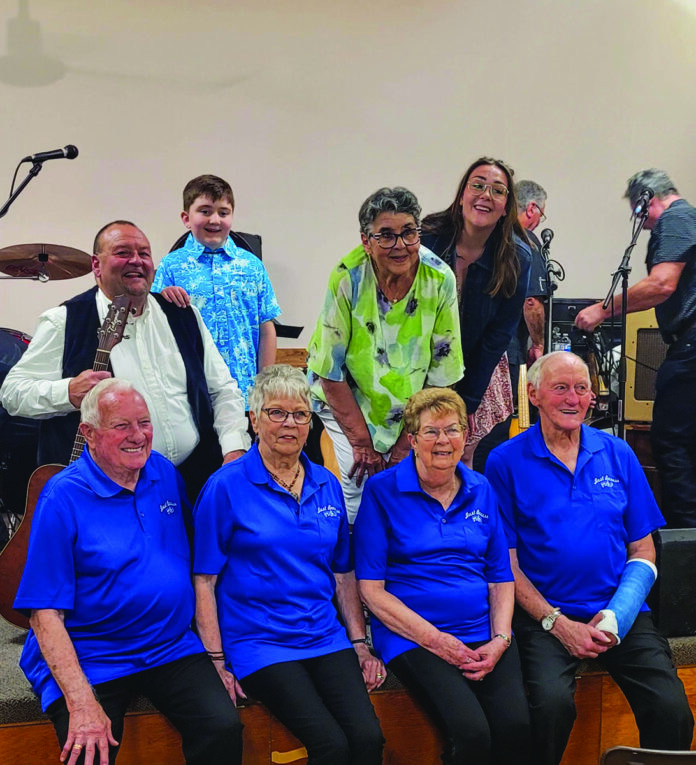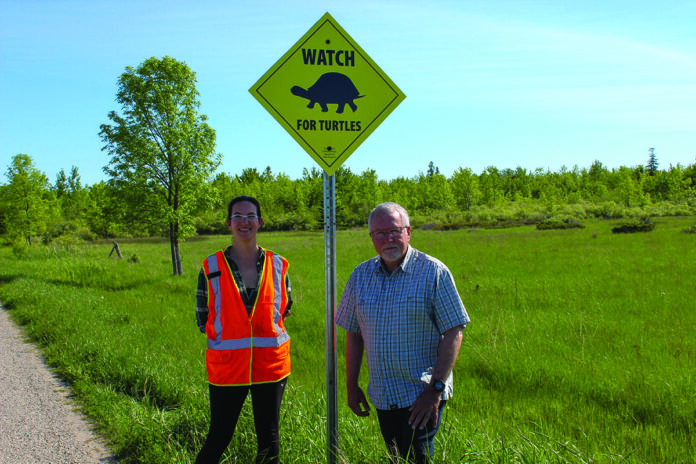First for the region, based in Sudbury
SUDBURY—Thursday, April 25 marked the opening of the first Indigenous Peoples Court in Ontario’s Northeastern region, a landmark initiative designed to provide specialized legal, cultural and social services to Indigenous offenders.
The ceremony, held in a Sudbury Court of Justice courtroom, saw the attendance of First Nations members, judges, lawyers and the public, all gathered to witness the beginning of a new chapter in the region’s judicial approach.
Keith Chapman, the Indigenous liaison officer at Sudbury jail, highlighted a crucial aspect of Indigenous justice, explaining that Anishnaabe traditions do not include incarceration as a form of punishment. This cultural mismatch, he believes, contributes significantly to the overrepresentation of Indigenous people in Canadian correctional facilities.
Indigenous Canadians face disproportionate rates of incarceration. Despite making up only five percent of Canada’s population, they constitute 32 percent of the prison population, according to the Department of Justice Canada. This disparity is not just a matter of current judicial practices but is also deeply rooted in intergenerational trauma. The legacy of residential schools, systemic racism, and the forced assimilation policies of the past have left enduring scars on Indigenous communities, contributing to higher rates of poverty, substance abuse, and involvement with the criminal justice system.
Margaret Linklater, an Indigenous court worker with over six years’ experience with N’Swakamok Native Friendship Centre in Sudbury spoke with The Expositor, saying that while there hasn’t been an official sitting in the new court, she is hopeful.
“Our first client won’t be sitting in the new Indigenous court until June,” Ms. Linklater said. “Everything has a process, and while there has been so much paperwork and hoops to jump through, I am really hopeful for how much change that the IPC will have the power to make.”
The Indigenous Peoples Court aims to address these systemic issues by emphasizing restorative justice principles. Unlike traditional courts, this court will focus on healing and rehabilitation rather than punitive measures. Federal correctional facilities have already begun integrating restorative justice programs for Indigenous offenders, including the use of low-security healing lodges as alternatives to conventional prisons.
Lawyer Ari Goldkind, speaking to True North, praised the initiative. “Anything that can address systemic or culturally specific issues, with a team of well-versed experts, to keep Indigenous Canadians from returning to custody while simultaneously keeping the public safe is always a good thing.”
A key feature of these courts is the use of sentencing circles. This process brings together all parties involved, including community members, to share their experiences and perspectives before sentencing, fostering a more inclusive and healing approach to justice.
Sharon Nicklas, chief judge of the Ontario Court of Justice, noted to CBC News, “The people that come before these courts often feel they have an opportunity to be heard more than they are heard in the traditional court process.”
Ms. Nicklas also emphasized the impact of incarceration on Indigenous peoples, stating that “it affects the entire community, their families. When these individuals are incarcerated when they come out they have lost what little they had in the first place, in terms of shelter and support. I believe this largely accounts for recidivism. There is nothing left for them except the lifestyle that might have gotten them in trouble in the first place.”
“The type of justice we see in the current carceral system doesn’t jive with Indigenous beliefs and values. We believe in repairing wrongs with all parties involved rather than this punitive form that we see in the justice system,” she stressed.
The new Indigenous Peoples Court in Sudbury will primarily focus on sentencing but will also offer some trial management services. Its opening marks the establishment of the 20th such court in Ontario, reflecting a growing recognition of the need for culturally sensitive judicial processes to address the unique challenges faced by Indigenous communities.






